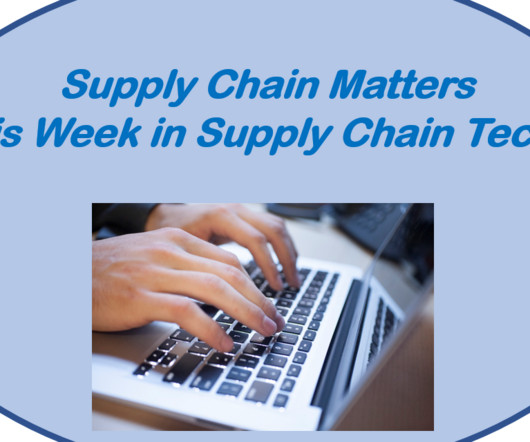LTL Carrier Profile: UPS Freight
The Logistics of Logistics
MAY 13, 2013
LTL Carrier Profile: UPS Freight. UPS Freight is the fourth largest less than truckload (LTL) carrier with approximately $2.4B UPS Freight has 6.9% UPS Freight is based in Richmond, Virginia. UPS Freight is a business segment of United Parcel Service, Inc. LTL Carrier Profile: UPS Freight Services.
















Let's personalize your content